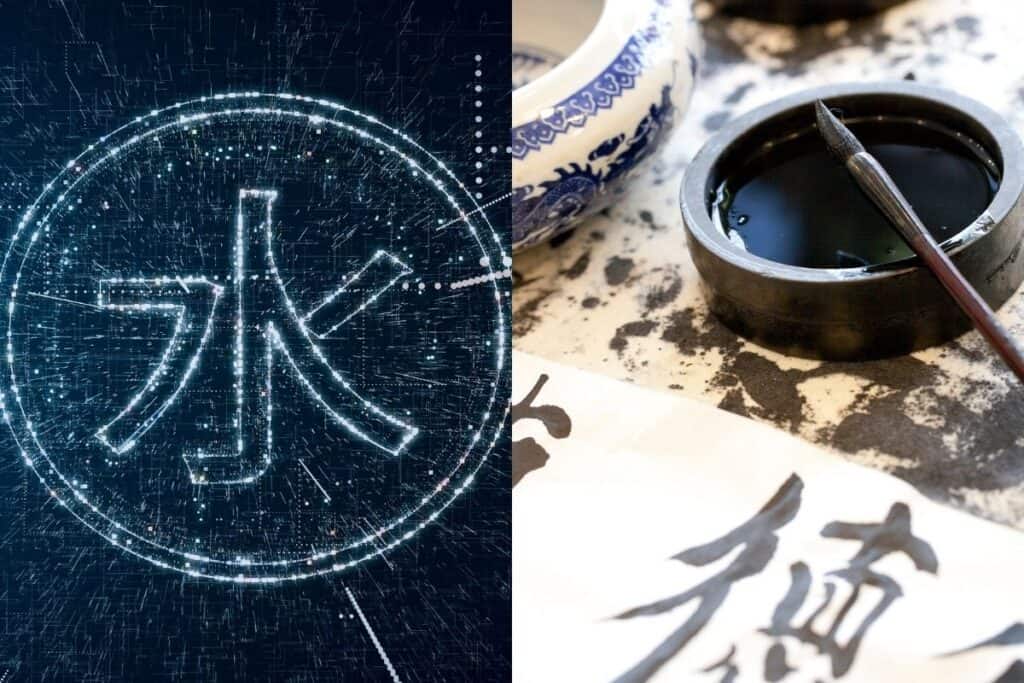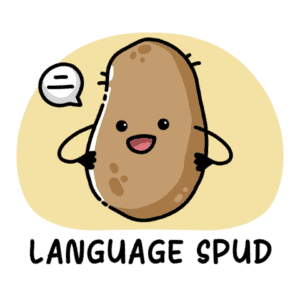
Learning the Chinese writing system is a tall order.
But finding out there are two forms of written characters is another potential headache to those taking on the mammoth task of learning Mandarin Chinese.
In the following post I’ll answer the following questions:
- Why are there two different writing systems?
- What are the differences between the two?
- Where do they use simplified and traditional characters?
- What are the pros and cons of learning simplified vs traditional characters?
The short answer, is you should learn simplified or traditional characters depending on which benefits you the most.
Take into consideration places that interest you or where you’re planning to move to – China or Taiwan
Which art would you prefer to consume – Chinese music or Taiwanese music?
Which Chinese language are you learning – Mandarin or Cantonese?
There are other things to consider, and we’ll go into more detail about those later.
Also, keep in mind that once you’re comfortable with one writing system, learning the other becomes a lot easier!
Why are there two different writing systems?
Until relatively recently, all Chinese-speaking nations used the same traditional form of writing. This all changed with the gradual introduction of Simplified Chinese in Mainland China in 1949. There were two main driving forces behind this switch.
- To make Chinese more accessible to a wider market, particularly when promoting the culture abroad. This was taken further with the romanisation of Chinese characters in 1958, as Zhou Youguang invented the pinyin system.
- To improve literacy rates in China. The notion was that simplifying characters meant many of them would require fewer strokes, thus helping learners of Mandarin.
What are the differences between Simplified Chinese and Traditional Chinese?
Traditional Chinese preserves the orthodox characters that have been used for thousands of years. Most simplified characters are simplified versions of the traditional form with fewer strokes.
Let’s look at some examples side by side.
| English | Traditional | Simplified |
| Factory | 廠 | 厂 |
| Home village or town | 鄕 | 乡 |
| Number | 號 | 号 |
| Movie | 電影 | 电影 |
| Dragon | 龍 | 龙 |
| Bird | 鳥 | 鸟 |
| Long | 長 | 长 |
When Simplified Chinese was introduced, some traditional characters were merged, meaning simplified Chinese now has fewer commonly used characters.
While Traditional may use a single character to express a particular word, Simplified may represent multiple words or concepts using the same character.
Let’s look at the phrase ‘hair turns gray’ as an example.
| Simplified | Traditional |
| 头发发白 | 頭髮發白 |
In the simplified version of this phrase, the two characters in the middle are exactly the same but have a different meaning. In Traditional Chinese, the two characters are totally different.
According to a government document called The Table of General Standard Chinese Characters, or 通用规范汉字表 (Tōngyòng Guīfàn Hànzì Biǎo), there are 8,105 simplified Chinese characters.
However, Traditional Chinese is thought to have over 100,000!
Where do they use Simplified and Traditional Characters?
Simplified characters are used extensively in Mainland China and by people of Chinese origin in Singapore.
Traditional characters are used in Taiwan, Hong Kong, and Macau.
However, there are many people across the Chinese diaspora who are comfortable with both writing systems.
Simplified vs Traditional: The features
The short answer is that neither is ‘better’ than the other, and there are reasons for learning both.
It’s true that most foreign learners go with simplified characters because they’re predominantly used worldwide, and in a lot of cases, more practical.
However, there are plenty of those with a deep interest in cultural and historical elements of China and prefer the ‘raw beauty’ of the traditional written form.
That’s why it’s important to look at the pros and cons and see which is the most practical choice for your circumstances.
Let’s take a look at some aspects of both simplified and traditional characters that could help you decide.
Simplified Characters
- In terms of the number of Chinese speakers as a whole across the globe, users of simplified Chinese are more common.
- Fewer strokes and simplified writing system make it somewhat easier to learn, though many debate this.
- Working with simplified characters could be a better idea from a vocational standpoint. Work opportunities associated with the Mainland are pretty huge.
- More accessible learning materials. There is plenty to go around for those learning traditional characters, but there is more choice available for those learning simplified.
Traditional Characters
- Traditional characters are used in Taiwan, which many foreigners say is overall a much better/cooler/more friendly than China. However, I couldn’t possibly comment…
- There is a general consensus that those who learn traditional characters first find it much easier to learn simplified characters afterwards.
- Many speak of the beauty of traditional characters compared to the simplified version. Advocates for Traditional Chinese argue that we need to preserve Chinese culture through the beauty of traditional characters.
- Although not a common problem, there are issues of ambiguity with simplified characters that aren’t there in traditional.
- Traditional Chinese characters are used in older texts and aspects of Chinese history and culture.
Is it worthwhile learning both Simplified and Traditional?
Some people are able to learn both side-by-side, but I would recommend learning one set of characters first before moving on to the other.
If you’re a newbie to Mandarin Chinese, taking on two sets of characters at the same time would be overwhelming.
As previously stated, it is considered easiest for foreign learners to transition from traditional to simplified than the other way around. However, going in the other direction (simplified to traditional) is very much doable.
The crossover effect is real, and in many cases, it’s possible to deduce meaning from one writing system if you’re proficient in the other.
Let’s translate the following phrase into both simplified and traditional and compare afterward.
“Hello. How are you today? Would you like to go to the cinema with me?”
| Simplified | Traditional |
| 你好。你今天好吗?你愿意和我一起去看电影吗? | 你好。你今天怎麼樣?你願意和我一起去看電影嗎? |
As you can see, many characters are the same, so learning both isn’t an impossible task!
Summary
Choosing whether to learn simplified or traditional characters is usually based on practicality and/or personal choice.
If you’re heading to the China, Singapore or you’re learning Mandarin to cast your net wider with work opportunities, go with simplified characters.
If you’re heading to Taiwan, learning Cantonese, or you’re fascinated by Chinese history, consider going with traditional characters.
And don’t forget, you can learn both!
Further Reading
- 100+ MANDARIN LEARNING RESOURCES: THE FASTEST WAY TO FLUENCY
- LEARNING CHINESE: 15+ LISTENING TOOLS PERFECT FOR BEGINNERS
- THE ULTIMATE GUIDE TO LEARNING CHINESE IN CHINA
- THE 24 BEST MANDARIN STUDY RESOURCES FOR BEGINNERS
- 14 REASONS WHY YOU SHOULD LEARN MANDARIN CHINESE
- IS IT EASY TO LEARN MANDARIN CHINESE?
- THE 21 BEST APPS TO LEARN CHINESE
- STUDYING MANDARIN AT A UNIVERSITY IN CHINA: WHAT YOU NEED TO KNOW
